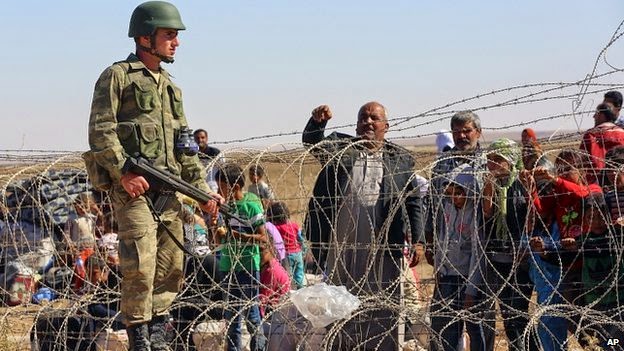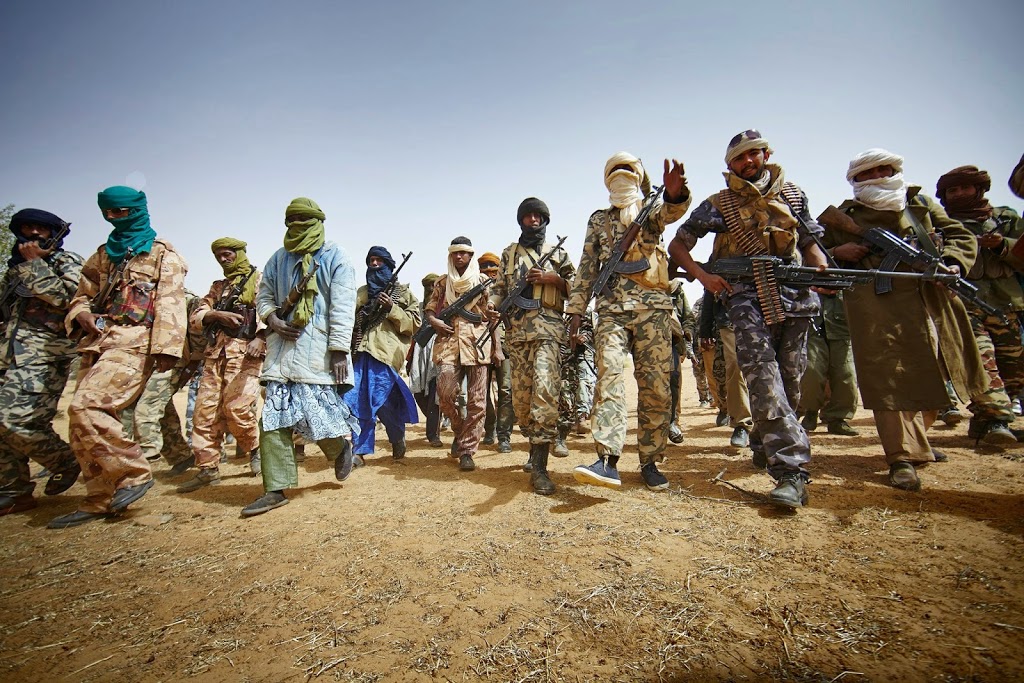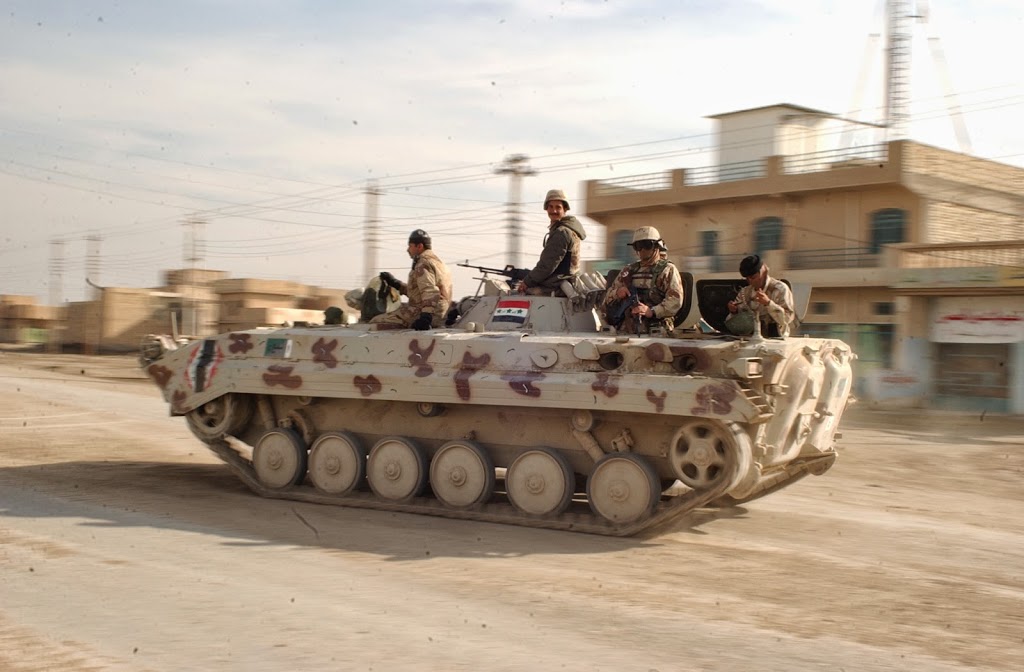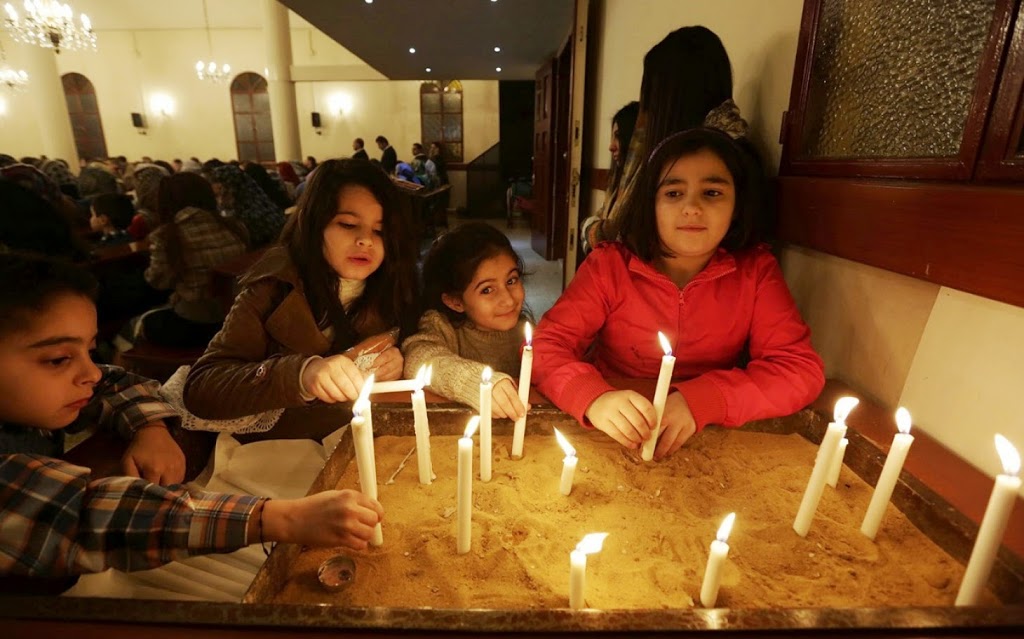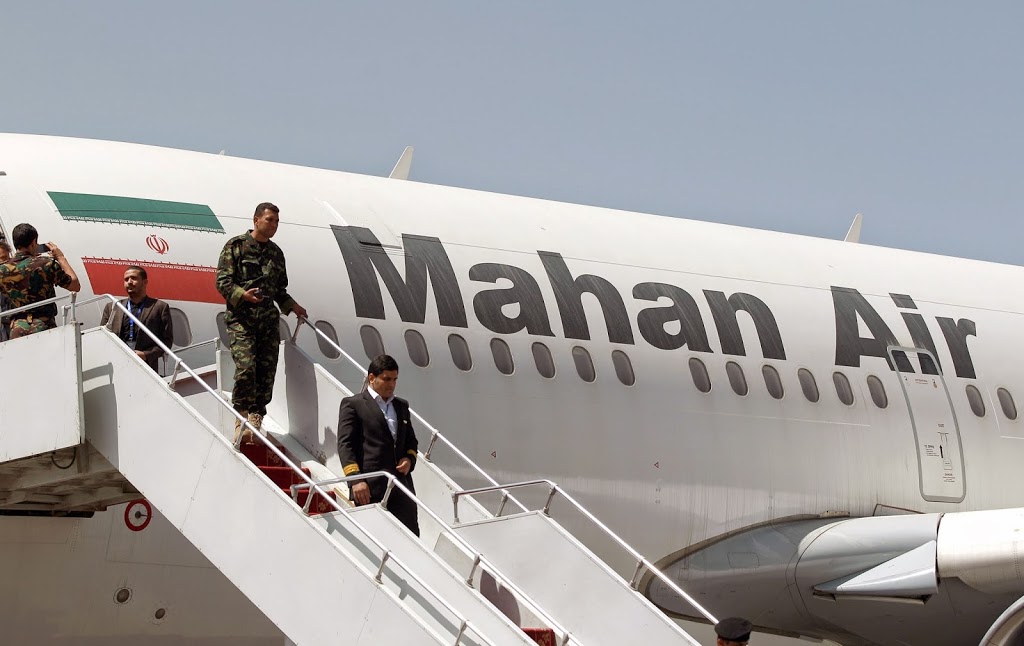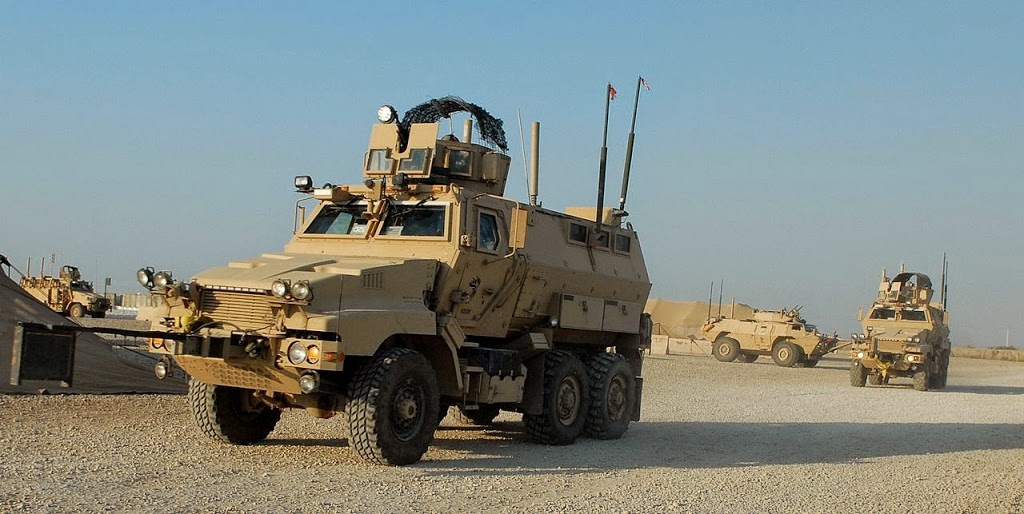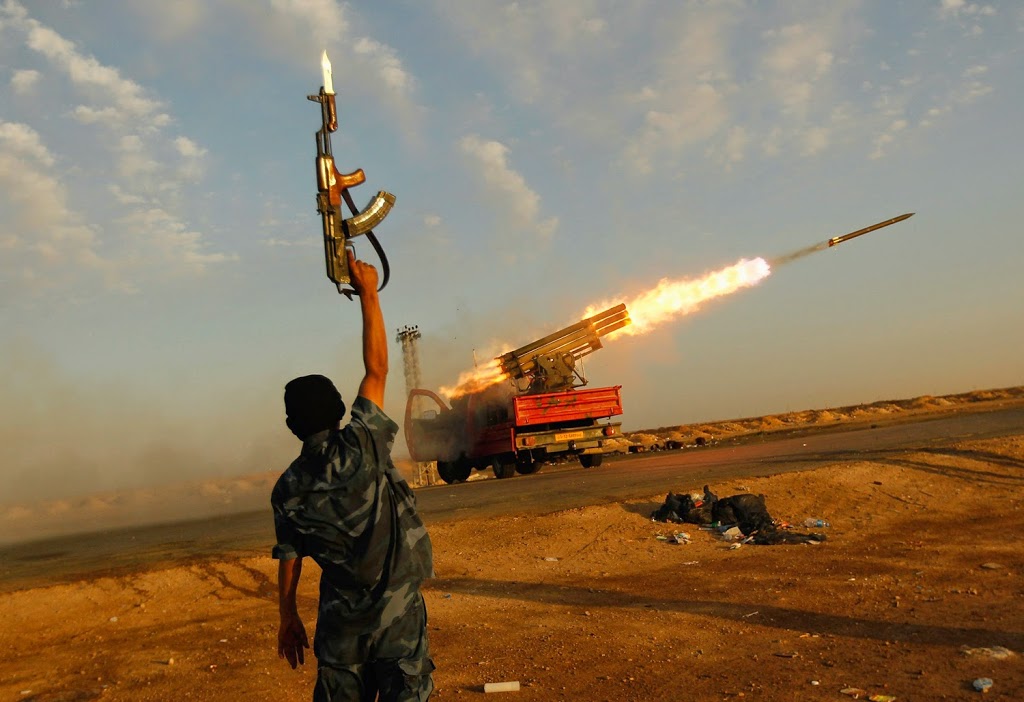Mali govt signs peace deal, Tuareg rebels delay
The Malian government signed a peace agreement with some northern armed groups on Sunday in Algiers but the main Tuareg rebel alliance asked for more time to consult its grassroots.
The deal, hammered out in eight months of tough negotiations in neighbouring Algeria, provides for the transfer of a raft of powers from Bamako to the north, an area the size of Texas that the rebels refer to as ‘Azawad’. Militants linked to Al-Qaeda seized control of northern Mali for more than nine months until a French-led military intervention in 2013 that partly drove them from the region.
Jihadist groups were not invited to the Algiers talks. The Tuareg rebel alliance that includes the National Movement for the Liberation of Azawad said it had asked for a ‘reasonable delay’ for consultations before signing.
‘An agreement that has not been shared with the people of the region has little chance of being implemented on the ground,’ an alliance representative said.
But Algerian Foreign Minister Ramtane Lamamra expressed optimism that the rebel alliance would sign soon. ‘The agreement will be signed by all the groups,’ he said. The delay sought by the Tuareg alliance was merely an indication of their ‘desire to secure the maximum support for the deal.’ Mali’s former colonial ruler France welcomed the agreement and called on all groups to sign it without delay.
‘The agreement finalised this morning in Algiers is an excellent development,’ Foreign Minister Laurent Fabius said, describing it as ‘a balanced and beneficial document for the country and the region’. ‘I salute the decision of the president and the Malian government to sign it and call on all groups in the north to do so without delay,’ he added.
A spokesman for the groups that did sign hailed the agreement as ‘an essential document for restoring peace and reconciliation’. ‘We have undertaken to respect the spirit and the letter of it,’ Harouna Toureh said. ‘We will do all we can so that the agreement comes to life and allows all the peoples of the region to rediscover one and another and live together, as they did in the past, in brotherhood and solidarity.’
Ethnic divisions run deep in the northern desert, the cradle of a Tuareg separatist movement which has spawned several rebellions since the 1960s. The 30-page ‘Agreement for Peace and Reconciliation in Mali from the Algiers Process’ calls for ‘reconstruction of the country’s national unity’ in a manner that ‘respects its territorial integrity and takes account of its ethnic and cultural diversity’.
In deference to the concerns of the Malian government about separatism, it does not use the word autonomy in setting out the powers the region will enjoy. It proposes the creation of powerful elected regional assemblies led by a directly elected president, as well as ‘greater representation of the northern populations in national institutions’. From 2018 the government will set up a ‘mechanism to transfer 30 percent of budget revenues from the state to local authorities… with particular attention to the North’.
Militants are to be integrated into the Malian army to be redeployed in the north of the country, with joint patrols to start within two months of the deal being signed. An international commission of inquiry is to be tasked with investigating allegations of war crimes, crimes against humanity, and other serious violations of human rights committed in the Mali conflict.
Political scientist Rachid Tlemcani told AFP the accord would be ‘a great victory of Algerian diplomacy’ if it succeeds, but remained ‘sceptical’ that it would resolve the root causes of the conflict.
Source: nation.com.pk
China to provide aid for Libya and offers military training
More Twitter activity than ever over Islamic State
Back in September Sky News worked with Recorded Future, an open-source intelligence firm, to examine how Islamic State (IS) was using Twitter and other social media to spread its message.
Recent analysis found 60,000 pro-IS Twitter accounts had been set up in six months.
Recorded Future has taken another look to see how the situation has changed, digging through a total of 44 million tweets – 15.8 million of those from 2015.
And social media seems to work as a dim mirror for events on the ground.
First, there’s a lot more activity. Recorded Future says that the number of IS-related tweets grew from August to October in 2014, then declined for the rest of the year.
But there’s been an explosion of activity in 2015 – almost entirely due to tweets written in Arabic rather than English.
Arabic is now the dominant language for tweets discussing IS - it used to be English.
Two countries are mainly responsible for that growth. Saudi Arabia is the biggest contributor, followed by Egypt, which saw a 483% increase from February to January. That’s based on the 10% of all tweets that are geotagged.
Second, the majority of those Arabic tweets are negative about Islamic State.
They also follow specific events: the two Japanese journalists held by the group, the video showing the burning death of Jordanian pilot Muad Al-Kasasbeh and the murder of 21 Egyptian Coptic Christians in Libya all led to spikes of negative tweets.
The murder of Al-Kasasbeh prompted the biggest negative reaction , with 1.2 million tweets condemning the attack in Arabic alone.
That said, those three events also led to spikes in tweets praising or supporting IS violence. This had been fairly stable from June to the end of January 2015. Then, with Al-Kasasbeh’s murder, positive tweets increased by a factor of six.
So what can the social data tell us?
It seems fairly clear that the increased Twitter concern in Saudi Arabia and Egypt is responding to increased IS operations throughout the Middle East – the UAE, Israel, Jordan and Oman all also saw big increases.
The two big Twitter spikes concerned two nations dealing with IS executions for the first time: Jordan and Egypt (there was also another mass-murder by IS of Egyptian “spies” in the northern Sinai in February), and the Egyptian Coptic Christians were killed in Libya, another new front for the group.
As Recorded Future puts it: “I think we can at least see which countries are stepping up their efforts in the conflict – the big increase in tweets from Saudi Arabia and the campaign we identified is a good example of that.”
In the West, we’ve maybe grown weary of engaging with IS on Twitter, or have decided that we’d rather not give their regular outrages any more publicity. In the Middle East, though, Twitter users are increasingly preoccupied.
Operation against ISIS to retake Tikrit begins: Iraq state TV
Iraq’s state TV says government forces backed by allied Shiite and Sunni fighters have begun a large-scale military operation to recapture Saddam Hussein’s hometown from the Islamic State of Iraq and the Levant (ISIL).
Al-Iraqiya television said March 2 that the forces were attacking the city of Tikrit, backed by artillery and airstrikes by Iraqi fighter jets. It said the militants were dislodged from some areas outside the city, but gave no details.
Hours ahead of the operation, Prime Minister Haider al-Abadi called on Sunni tribal fighters to abandon the extremist group, promising them a pardon.
Tikrit, some 130 kilometers (80 miles) north of Baghdad, fell into the hands of the ISIL last summer along with the country’s second-largest city of Mosul and other areas in Sunni heartland.
Source: hurriyetdailynews
Syria’s opposition rejects UN envoy’s proposal of ceasefire in Aleppo
Military and political opposition forces in Aleppo on Sunday rejected UN envoy Staffan de Mistura’s proposal of a temporary ceasefire in the northern Syrian city.
The church has been used as a place of refuge for Assyrian Christians fleeing the chaos of Iraq after the 2003 US-led invasion of that country.
His visit coincided with a mass of solidarity with the scores of Syrian Assyrians kidnapped by Daesh militants in Hassakeh province of northeast Syria.
Last week, Daesh kidnapped 220 Assyrians in the Tal Tamr area where the extremist Islamist group has seized control of 10 Christian villages, according to the Syrian Observatory for Human Rights.
Almost 5,000 people have since fled to Kurdish- and government-controlled areas.
Source: gulfnews
Syria’s Kurds ready for hostage exchange with Islamic State, to save Christians captive
Islamic State released 19 Assyrian Christian captives in Syria on Sunday after processing them through a sharia court, a monitoring group which tracks the conflict said.
More than 200 Assyrians remain in Islamic State hands, said the British-based Syrian Observatory for Human Rights, captives from an Islamic State advance last month that overran more than a dozen villages inhabited by the ancient Christian minority near Hasaka, a northeastern city in Syrian Kurdistan mainly held by the Kurds.
The leaders of the Kurdish People’s Protection Units, or YPG, have announced they are ready to exchange prisoners with the Islamic States in an attempt to save the lives of Assyrian Christians held by the militants.
Zohat Kobani, a representative of the Democratic Union Party in Europe, made the announcement in an interview with Swedish News channel TT. Kobani said at least 600 Islamic State members are currently being held by his Syria-based ethnic Kurdish party that oversees the YPG.
Earlier this week, Islamic States fighters attacked a number of Christian-populated towns and villages in Syrian Kurdistan, capturing an estimated 250 Assyrian Christians in Hasaka province. Most of the Assyrian hostages are believed to be children, women and the elderly.
The Assyrian Federation told Rudaw in an earlier interview at least 15 Assyrian hostages were executed after the attack.
IS has yet to comment on a possible prisoner exchange for the Assyrians.
Islamic State has not claimed any of the abductions. The Observatory tracks the conflict using a network of sources on all sides of the civil war which spiraled as security forces used violence to suppress protests against President Bashar al-Assad’s rule in 2011.
Islamic State has killed members of religious minorities and Sunni Muslims who do not swear allegiance to its self-declared “caliphate”. The group last month released a video showing its members beheading 21 Egyptian Coptic Christians in Libya.
Source: ekurd.net
Iran begins open cooperation with shiite Houthis in Yemen
An Iranian flight touched down on Sunday in Yemen’s capital city in Sanaa, which comes just one day after it was announced that Iran and the now Houthi-led Yemeni coup government leaders had signed an aviation agreement to help facilitate the Shiite groups’ partnership.
The Sunday flight, an Iran Mahan Air Airbus, arrived with “a medical aid team from the Iranian Red Crescent,” the AFP reported. When the flight arrived, its crew was met by “Senior Iranian diplomats” at the airport in Yemen’s capital, according to reports.
On Saturday, Yemen’s SABA news agency, which has been taken over by the Shiite Houthi jihadis, announced that Iran and the Houthis had inked an agreement that called for 14 flights each week between the two nations.
Currently, U.S.-backed President Abd-Rabbu Mansour Hadi remains in hiding at Yemen’s port city of Aden, where he is attempting to set up a functioning rival government. Hadi was forced to flee Sanaa in September after the Houthis overtook the capital city by force.
The Los Angeles Times reported from Sanaa on Saturday that the capital “remains firmly in the hands” of the Houthi regime. However, there are fears that fighting between the Al Qaeda-led sunni factions, Caliphatist Shiites, and what is left of Yemen’s recognized government will ultimately result in a full-blown civil war.
Meanwhile, the United States has continued to conduct limited drone strikes in Yemen. On Saturday, a U.S. drone targeted Al Qaeda terrorists in Shabwa province.
The Obama administration’s position on the Houthis in Yemen remains unclear. In a January 23 Washington Post article, an official is quoted as saying that the White House is open to engaging in dialogue with the Houthis.
While the now-ruling Houthis have been openly cozying up to Iran, the U.S. presence within Yemen’s borders has become virtually nonexistent. Recently, the U.S. embassy in Sanaa evacuated its entire diplomatic staff, and it remains widely believed that Iran continues to support the Houthis’ military takeover of Yemen.
AMISOM, Mine-Resistant Vehicles boost Somalia mission
AMISOM – the African Union Mission in Somalia – is getting 20 MRAP (Mine-Resistant Ambush-Protected Vehicles) courtesy the US military’s CJTF-HOA (Combined Joint Task Force-Horn of Africa) operation.
To be supplied over the coming two months, these very tough and versatile armoured vehicles will be used in support of counter-terrorism missions.
Previously deployed in Afghanistan, the MRAPs have been put through a refurbishment programme by ManTech officials and, according to Major General Wayne Grigsby, CJTF-HOA commander, they will “provide better security and movement to the troops’ contributing countries to complete their mission more effectively.”
The ManTech maintenance contract has a further year left to run and includes associated training services.
The AMISOM MRAPs will ultimately replace the South African-built Casspir infantry mobility vehicles in current service.
Introduced in the early 1980s, the pioneering Casspir inspired the MRAP concept which then took off in a large way. The MRAP programme has to date delivered some 12,000 vehicles into US military service.
Specifications vary but all MRAPs are designed with one key goal in mind: resistance to IED (improvised explosive device) blasts.
“This is huge for Uganda and Burundi to be receiving the MRAPs, as they were driving Casspirs”, commented CJTF-HOA Somalia planner, US Army Major Myesha DuBose. “The MRAPS will provide enhanced capabilities to our partnerships, with increased security.”
CJTF-HOA was formed post 9/11 as an AFRICOM (United States Africa Command) joint task force.
Comprised of approximately 2,000 service personnel, CJTF-HOA works to counter ‘violent extremist organizations in East Africa, helping to ensure the protection of the homeland, American citizens and American interests’, according to its official website.
AMISOM went into operation in February 2007. Run by the African Union, AMISOM is an ongoing peacekeeping mission focusing on central and southern Somalia. Commanded since December 2013 by Lieutenant General Silas Ntigurirwa, it presently has some 21,500 troops at its disposal.
Libya: two people killed, seven injured in rocket fire in Benghazi
Two persons were killed and seven others were injured when two rockets hit a populated area in the eastern Libyan city of Benghazi on Sunday, a medical source said.
The source from Al-Jalaa Burn Hospital, requesting anonymity, told KUNA two civilians were killed and seven injured when two mortar shells hit Sidi Hussein neighborhood in Benghazi.
The source quoted eyewitnesses and paramedics as saying the shells were fired from Al-Sabri area, which has been the scene of clashes between the Libyan army and militants over the past four months.
It is not yet known whether the mortar shells were fired deliberately or strayed.
Source: Kuna
- « Previous Page
- 1
- …
- 158
- 159
- 160
- 161
- 162
- …
- 268
- Next Page »
